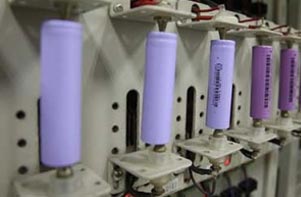The secret to the energy efficiency and comfort of electric bikes lies in the battery that powers the electric motor, which makes pedaling easier and takes into account the bike's maximum speed and range.
The latest battery technology for electric cars is high-end lithium batteries. The use of these batteries in electric bicycles is a new application of established technology. Lithium-ion batteries have been supplying entertainment electronic devices for many years. In electric bikes, these batteries are light and easy to charge.

The first work on lithium battery technology began in 1912, but it wasn't until the 1970s when the first lithium batteries became available for purchase. This primary battery is not rechargeable. The development of lithium batteries began in the 1980s. Consumer electronics giant Sony has created the first commercially available lithium-ion (or lithium-ion) battery. Today, this battery technology has become widespread, and electric bicycles are the latest applications.
The rechargeable lithium-ion battery in the electric bike allows the vehicle to run at speeds of up to 32 km/h and a range of up to 60 km. The battery itself is low maintenance and can only be charged a few cents a day. This makes electric bikes with lithium-ion batteries very cheap when gasoline prices are rising.
Many people love electric bikes because they contribute to a "greener" lifestyle by using electricity instead of fossil fuels. The ecological character of electric bikes also extends to batteries. When discarded, lithium-ion batteries cause less pollution and less environmental damage than batteries that run on lead or cadmium. The United States government classifies these batteries as harmless and therefore can be disposed of safely in standard waste facilities.
However, used lithium-ion batteries still contain materials that can be recycled for recycling purposes. This means that recycling old batteries instead of throwing them away makes them safer for the environment!
/cdn.vox-cdn.com/uploads/chorus_image/image/51867435/Eli_Preferred_Headshot.0.jpeg)